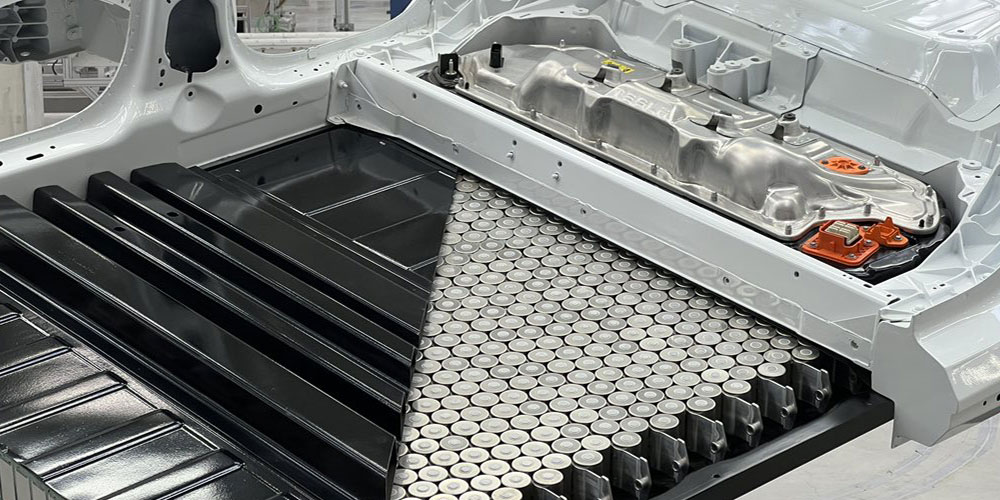I have been grappling with this issue for some time, as well as several major technical difference between Tesla and others. Frankly, I've ended our with Jordan Geisige's The Limiting Factor more than any other source. He goes deep in numerous details so depending on him is Time Consuming! The value is very substantial if understanding cost issues, from Capex, labor costs and components to materials.
So skipping all the nearly endless intermediary steps (17 videos on Gigacasting alone from Jordan) plus various sources for commodity price movements and long contract 'take-or-pay' terms in major raw materials (Aluminum, Nickel, Lithium, Magnesium, Copper, Cobalt and Chrome are the ones I watch), plus industrial robot and Press prices (focus on Gigapress because it is most important in reducing factory size, robot sue and labor costs).
Here si my bottom line. Tesla stated in the 2022 Model Y owners manual supplement on Structural battery pack, as quoted:
Structural batteries are changing the way electric cars are assembled. Structural adhesives are replacing screws and welds to “glue” components together using a process called adhesive bonding. This process requires additional surface preparation and creates new challenges for automakers and...

www.laserax.com
The 10% weight reduction from the LR AWB weight of 2066 kg is 206,6 kg. The 2021 production cost per Model Y was roughly $ 30,000 or or $1.45 per kg.
Normally that calculation is made by manufacturers using quit precise measures. We are faced with the need to estimate all of it. Generally, when evaluating the cost/benefit of a change that key metric, cost per kg tends to be used. Tesla itself said that structural battery pack, with 4680's the two Gigacastings, of course, reduced vehicle weight by 10%. That would be $1.45 per kg, so the total vehicle cost should ahem dropped by about $3,000.
I am quite confident that estimate is not overstated. It ignores the details of initiation and development for the entire Gigacasting, 4680, structural battery pack, and the specialized aluminum alloy and on-site liquification/smelting required.
Frankly there really is no way to assess the R&D unless we had access to much information we would need.
All of that shrinks when we consider just how enormous that 10% is.
Specific materials costs and even chip supplied are dwarfed by that. The only question is how quickly those technologies can be applied to all the automotive products. It will require years, even at Tesla speed



